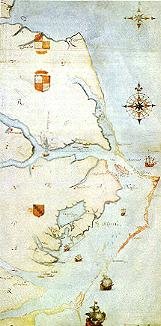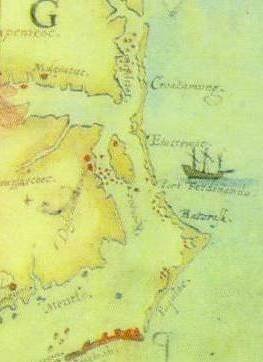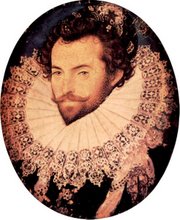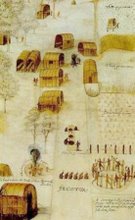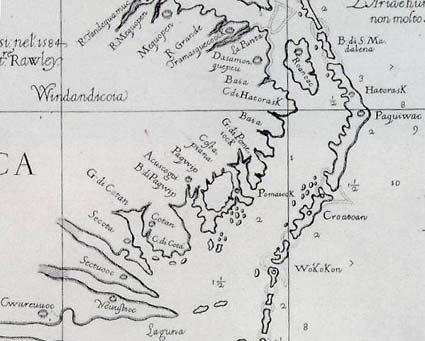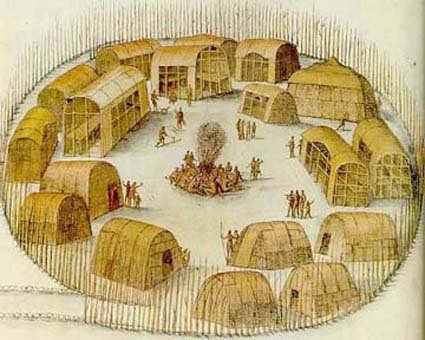American Indian Records
Various American Indian Records
By Steven Pony Hill
On June 30, 1914, O.M. McPherson published the following "A Report on the Condition and Tribal Rights of the Indians of Robeson and Adjoining Counties of North Carolina" excerpts below:
- The Croatan Indians comprise a body of mixe-blood people residing chiefly in Robeson County NC. A few of the class of people reside in Bladen, Columbus, Cumberland, Scotland, and Hoke Counties, NC, and in Sumter, Marlboro, and Dillon Counties, SC.
- They further have had a tradition among them that their ancestors, or some of them, came from "Roanoke in Virginia"
- excerpt of letter of Hamilton McMillan of Fayetteville NC dated July 17, 1890: "The Croatan tribe lives principally in Robeson County, NC though there is quite a number of them settled in counties adjoining in North and South Carolina. In Sumter County, SC there is a branch of the tribe, and also in east Tennessee. Whereas the Indians now living in Robeson County claim to be descendants of a friendly tribe who once resided in eastern North Carolina, on the Roanoke River."
- At one time the Croatans were known as "Redbones," and there is a street in Fayetteville so called because some of them once lived on it. They are known by this name in Sumter County, SC, where they are quiet and peaceable, and have a church of their own. They are proud and high-spirited, and caste is very strong among them.
This stands as one of the earliest references to the mixed-blood settlement in Sumter County. McMillan presented himself as a person well acquainted with the Sumter Co. people, and he proposed them to be Indians, and closely related to the present-day Lumbees.
--------------------------------------------------------------------------------
early 1700's journal of the German Graffenrield, who often traveled with John Lawson, mentions several times the names of King Taylor, and King Hantcock, who seemed to be the influential leaders of the hostile portion of the Tuscarorora allied with some of the other coastal groups (including the Eno and others) during the Tuscarora War of 1713.
King Tom Blount is mentioned as the leader of a friendly portion of the Tuscarora who were living north of the main body of Tuscarora (in the Roanoke area) and seemed to be a mixed alliance of Nansemond, Saponny, Occanechi, Hatteras, and others, who remained in the area of the Fort Christanna section and attempted to steer clear of the War.
"Recollections of Seventy Years"; Payne, Daniel Alexander (1811-1893) publishing house of the A.M.E. Sunday School Union, 1888 Nashville Tennessee:
"I was born of free parents in the city of Charleston, SC. on the 24th of February 1811....I remember my father was a man of brown complexion...it is said that he was born of free parents in the State of Virginia, but, when a mere lad, was decoyed on board a ship with cakes and amused in the cabin until the vessel was out to sea. He was taken into the port of Charleston and sold as a slave to a house and sign painter. His father was an Englishman by the name of Paine."
"As far as memory serves me my mother was of light-brown complexion...she told me that her grandmother was of the tribe of Indians known in the early history of the Carolinas as the Catawba Indians, The husband of her grandmother was a black man named Alexander Goings, who was remarkable for great bodily strength and activity."
read here for lots of records
Anne Poole (left), Research Director for the Lost Colony Research Group, and Roberta Estes (right) sifting through the dirt for artifacts. Roberta Estes














